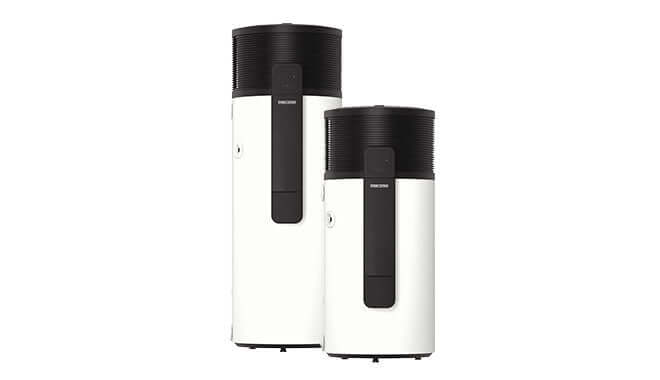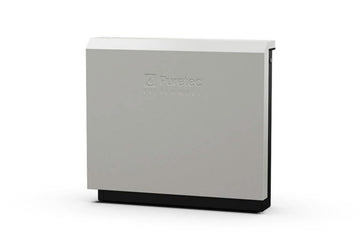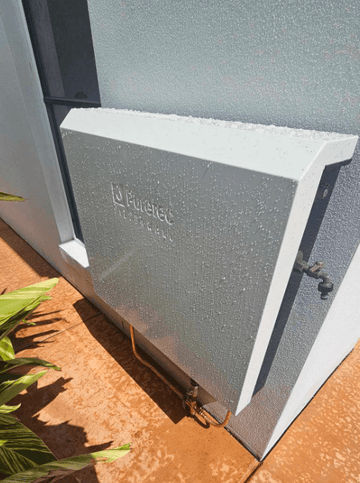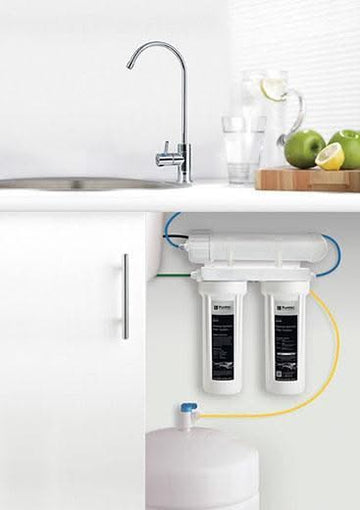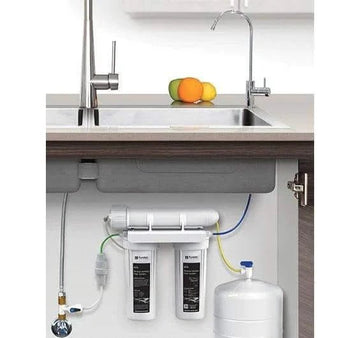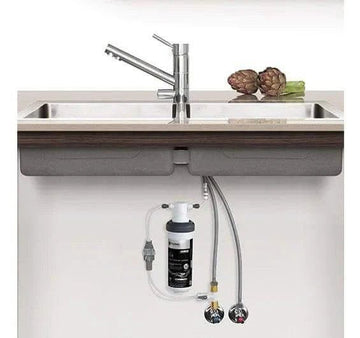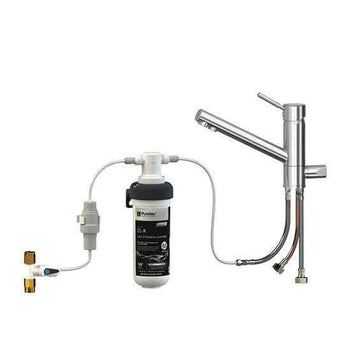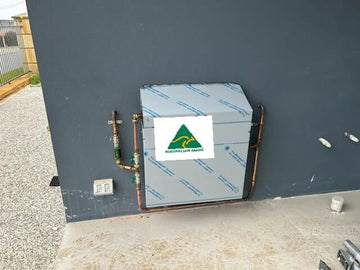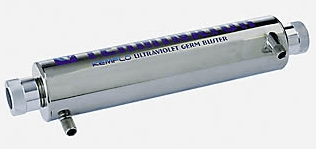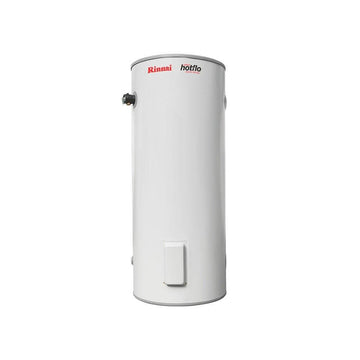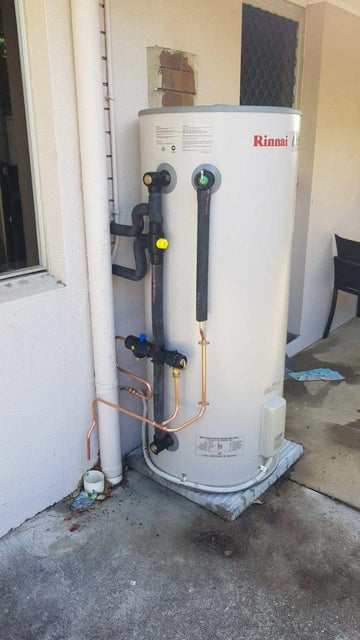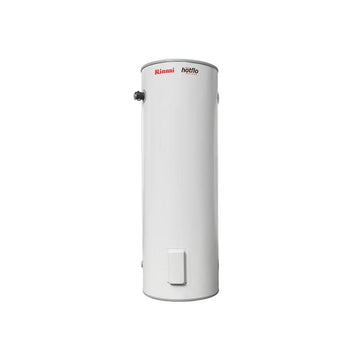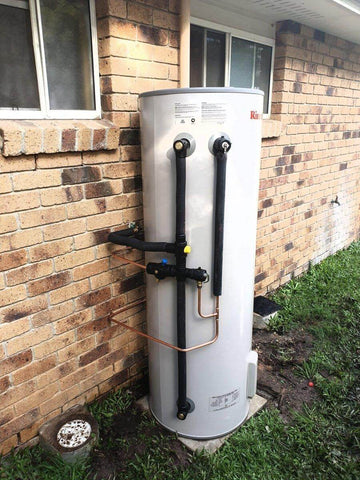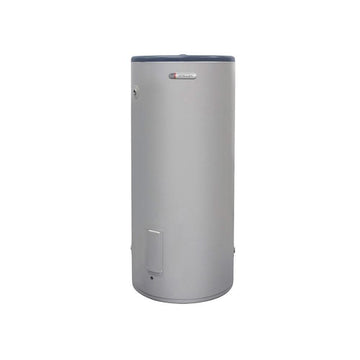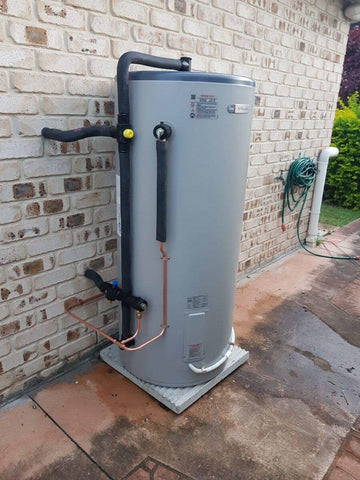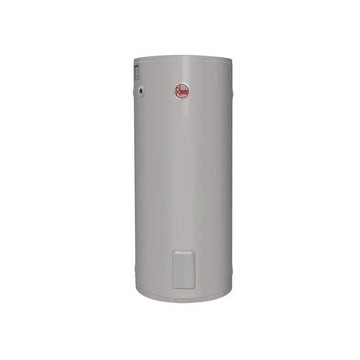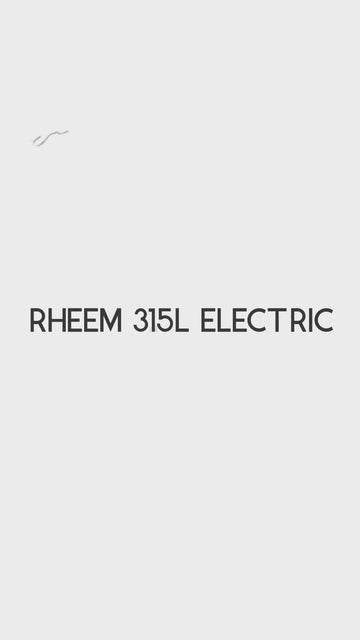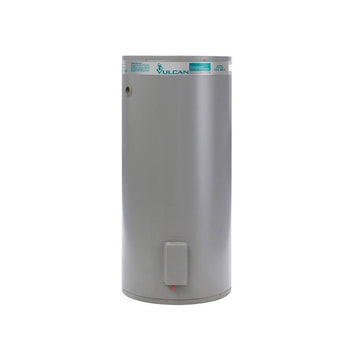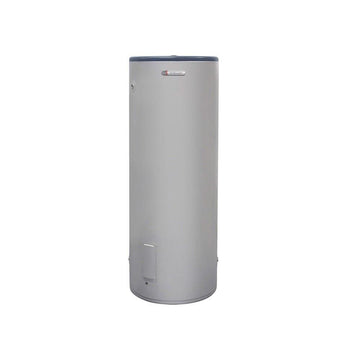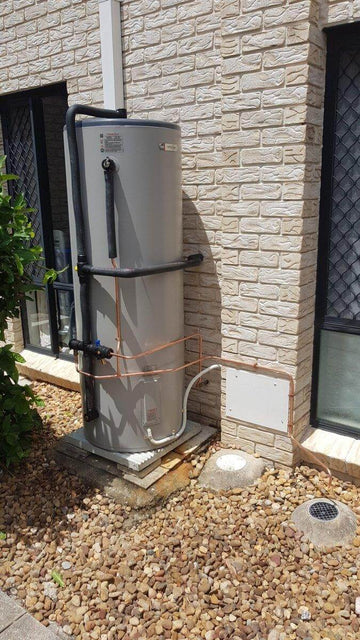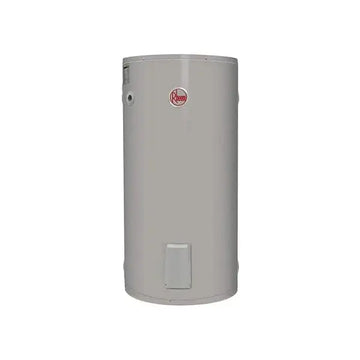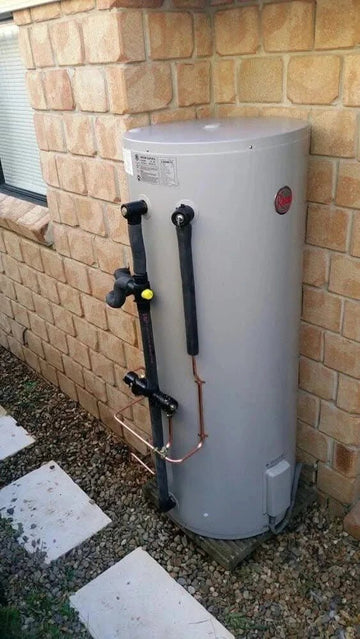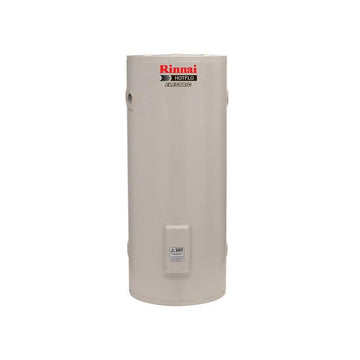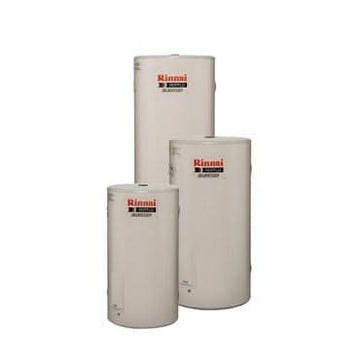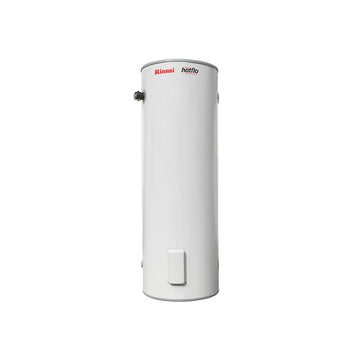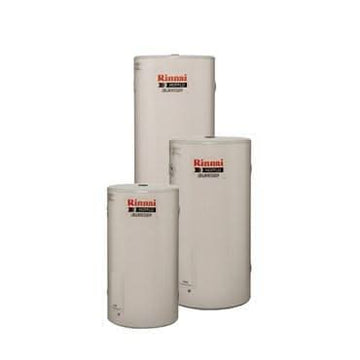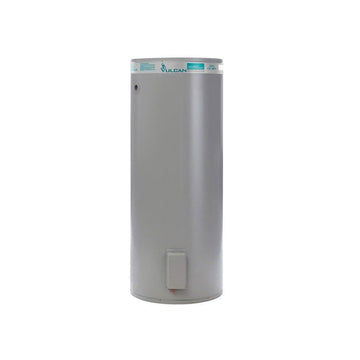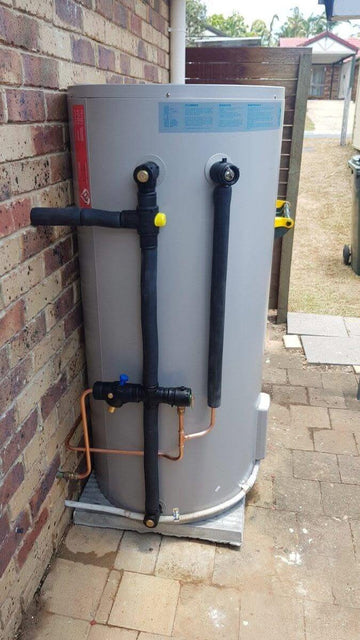How Electric Hot Water Systems Work: A Complete Guide for Homeowners
Electric hot water systems are a popular choice across Australian households for their simplicity, reliability, and ease of installation. Whether you're upgrading or learning how to better maintain your system, understanding how electric water heaters work will help you get the most out of them.
🔧 Key Components of an Electric Hot Water System
1. Heating Elements
Function: The core of the system—these metal rods heat the water inside the tank.
Operation: Controlled by a thermostat that kicks in when water temperature drops.
Material: Usually made of corrosion-resistant metal alloys to extend service life.
2. Thermostat
Function: Maintains your water at the desired temperature by switching heating elements on or off.
Ideal Setting: Around 49°C is recommended for both safety and energy efficiency.
3. Storage Tank & Insulation
-
Construction: Stainless steel or glass-lined for corrosion resistance
-
Insulation: Foam or fiberglass keeps the heat in
-
Sizes: From 25L to over 400L, suitable for everything from apartments to large family homes
Check out our full range of electric hot water systems to find the perfect size for your needs.
4. Cold Water Inlet & Dip Tube
-
Cold Water Inlet: Feeds fresh water into the system
-
Dip Tube: Sends cold water to the bottom of the tank so the top stays hot
5. Hot Water Outlet
Located at the top of the tank, this outlet ensures only heated water is delivered to your taps.
6. Sacrificial Anode
Purpose: Prevents rust and corrosion in the tank
Material: Typically magnesium or aluminum
Tip: Replace every 3–5 years to extend the life of your system.
7. Temperature & Pressure Relief (TPR) Valve
Function: Releases water if pressure or temperature gets too high.
Safety Note: Crucial for preventing tank damage or potential explosions.
8. Drain Valve
Used to flush out sediment or empty the tank during servicing.
9. Air Bleed Valve
Prevents airlocks that could restrict water flow or pressure.
🔄 How the System Works
1. Water Supply
Cold water enters via the dip tube and fills the storage tank.
2. Heating Cycle
When the thermostat senses the water is too cold, it turns on the heating elements. These heat the water through conduction.
3. Heat Rises
Hot water rises to the top of the tank, ready for use via the outlet, while fresh cold water replaces it from below.
4. Efficiency Mode
Once the water reaches the set temperature, the thermostat turns the elements off. Insulation helps retain the heat, reducing electricity use.
5. Safety Control
If pressure or temperature gets too high, the TPR valve will safely release excess water.
🛠️ Maintenance Tips for a Longer Lifespan
Regular upkeep helps avoid breakdowns and keep your water heater running efficiently.
-
Test the TPR Valve every 6 months
-
Replace the sacrificial anode every few years
-
Flush the tank annually to remove sediment
-
Check for leaks or rusty water
-
Adjust the thermostat to 49°C for optimal performance
Need help with maintenance or servicing? Book a professional through JR Gas & Water.
❗ Common Problems & Easy Fixes
| Problem | Possible Cause | Quick Fix |
|---|---|---|
| No hot water | Burnt-out element or faulty thermostat | Test and replace parts |
| Water too hot | Thermostat set too high | Adjust the dial |
| Strange noises | Sediment in the tank | Drain and flush |
| Low pressure | Blocked pipes or filters | Clean or replace |
| Leaks | Corrosion or loose valves | Inspect and repair or replace |
⚡ Why Choose Electric Hot Water?
-
Energy Efficient: Compatible with off-peak electricity rates
-
Low Maintenance: No pilot lights or gas lines to worry about
-
Safe: No risk of gas leaks or combustion
-
Easy to Install: No flue or ventilation required
Explore trusted systems like Thermann, Rheem, or Stiebel Eltron for fast, reliable electric hot water performance.
🧰 Final Thoughts
Electric hot water systems are a practical and reliable solution for everyday living. With simple operation, easy upkeep, and fast installation, they’re perfect for households across Brisbane and the Gold Coast.
Stay on top of maintenance and your system will reward you with years of hassle-free hot showers and clean dishes—without the high power bill.
Want expert help? JR Gas & Water are your trusted hot water specialists, voted Best Plumbers in Brisbane 2023, 2024 & 2025. We’ll supply, install, or service your system with top-tier care.
📍 Locals you can rely on.
🚿 Hot water, sorted.


